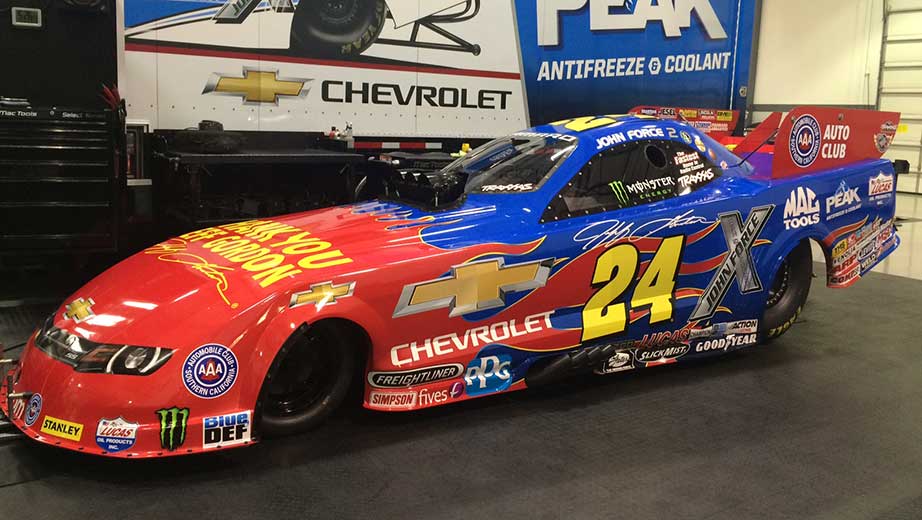NASCAR races are used as a means for major manufacturers to boost their brands. A combination of television viewership, track attendance, and driver star power make NASCAR car branding a big marketing tool. The only manufacturers in the NASCAR brand race are Toyota Motor Corp. (NYSE: TM), General Motors Co.’s (NYSE: GM), Chevy and Ford Motor Co. (NYSE: F). Toyota trails badly this year.
NASCAR Sunday television audiences can top 6 million, and track attendance in the tens of thousands at any single event. These figures for branding influence are misleading. Most of the TV coverage goes to the leaders in any given race.
This year, nine drivers use Toyota cars, 15 drive Fords, and 25 drive a Chevy. These raw numbers are not what they seem since the top four drivers, based on points, drive for Joe Gibbs Racing. The drivers are in order of success: Matt Kenseth, Danny Hamlin, Carl Edwards, and Kyle Busch. Gibbs drivers race Toyotas. The Japanese car company’s disadvantage in car count is completely overcome by the visibility of the Joe Gibbs team on television because his drivers have the perennial position throughout the race. Toyota has either been smart about the drivers it chooses to sponsor or lucky.
The cost for car brands to link up with drivers is expensive. According to data from Forbes, the cost per race can be as high as $3 million per car.
The risk that Toyota and its rivals have taken recently is that their overall return will drop, based a fall off in NASCAR ratings. That brings brand exposure down as well.
ALSO READ: 10 Cars Most Likely to Be Dumped
Sporting News wrote about last year’s ratings:
2014 has not been the best of years for NASCAR in several respects, with the sport mired in a season-long TV ratings slump.
Entering Sunday’s race in Atlanta, 18 of the 21 NASCAR Sprint Cup telecasts had declines in ratings and 16 have had declines in viewership (that excludes rainouts). The latest decreases came for last week’s race from Bristol, which earned a 3.2 final rating and 5.1 million viewers on ABC — down 18 percent in ratings and 20 percent in viewership from last year’s 3.9 and 6.3 million.
Several races have not just declined but hit multi-year lows. The Martinsville, Darlington, Richmond, Talladega, Dover, Michigan and Loudon races each hit at least a 10-year low in viewership. The season-opening Daytona 500 fell to an all-time record low 9.3 million viewers — though it should be pointed out that the race was delayed due to rain and aired opposite the Olympics.
With the fewest cars on the track, but arguably the best exposure, Toyota’s benefits from NASCAR have started to fade with fan interest.
Get Ready To Retire (Sponsored)
Start by taking a quick retirement quiz from SmartAsset that will match you with up to 3 financial advisors that serve your area and beyond in 5 minutes, or less.
Each advisor has been vetted by SmartAsset and is held to a fiduciary standard to act in your best interests.
Here’s how it works:
1. Answer SmartAsset advisor match quiz
2. Review your pre-screened matches at your leisure. Check out the advisors’ profiles.
3. Speak with advisors at no cost to you. Have an introductory call on the phone or introduction in person and choose whom to work with in the future
Thank you for reading! Have some feedback for us?
Contact the 24/7 Wall St. editorial team.




